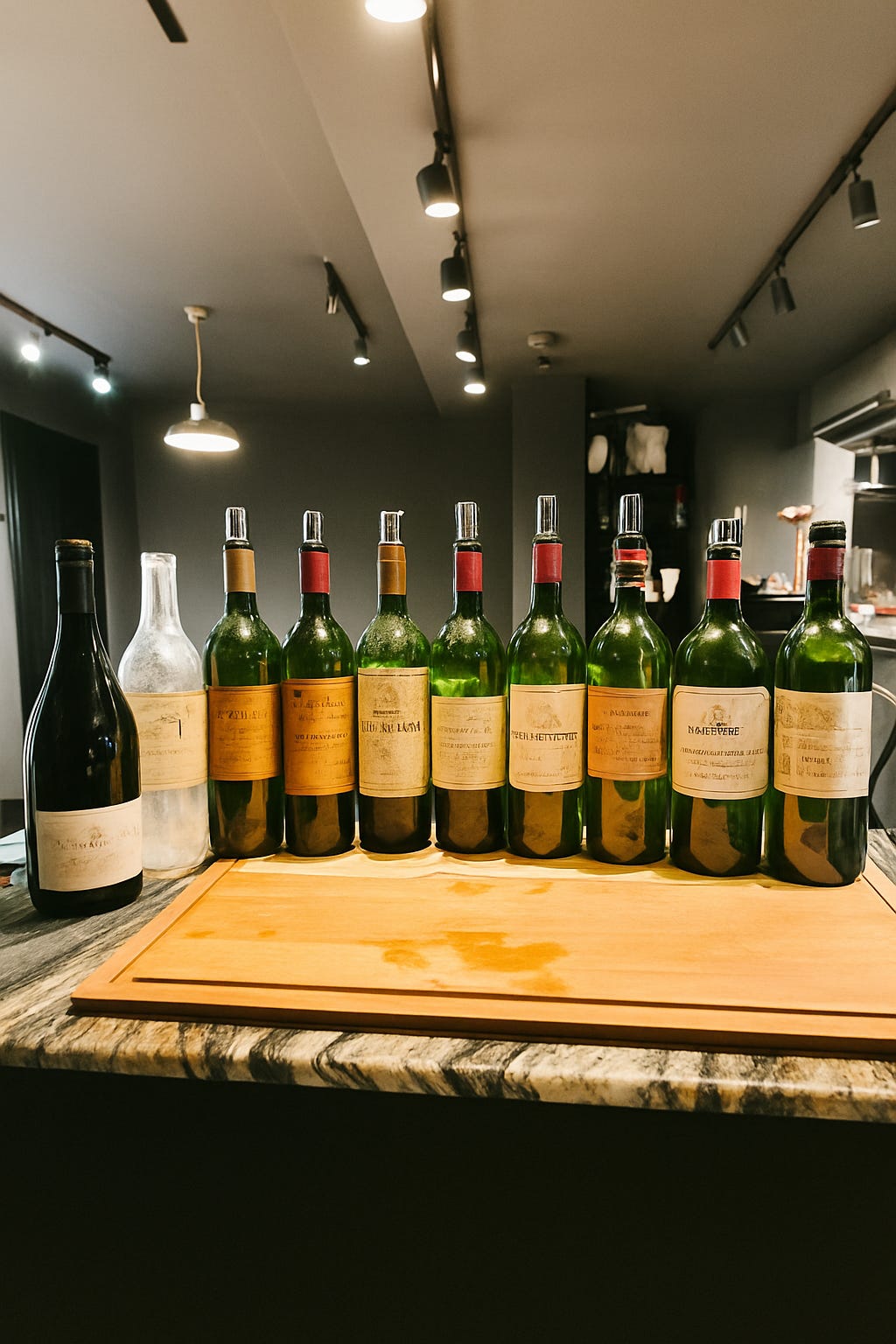When Fifth Beats First: What a Blind Bordeaux Tasting Taught Me About Building Breakout Products
A blind Bordeaux tasting reveals why underdogs win. Discover how human-centered design builds breakout products that beat legacy brands.
So, this happened to me last weekend. Picture me in a tasting room, blind tasting five Bordeaux (from 1st to 5th Growth) in five tasting glasses lined up like poker chips. I was expecting Château Margaux (First Growth royalty) to steal the show. Instead, a Fifth Growth, Lynch Bages, steals my palate.
Turns out, palates don’t care about price tags; they care about pleasure. Growth works the same way.
In today’s hyper-competitive landscape, startup disruption isn’t about big budgets or legacy brand prestige; it’s about Human-Centered Design and delivering relentless value.
In this post, we’ll uncork the lessons from that underdog Fifth Growth and explore how ruthless user empathy and obsessive value delivery can help you build breakout products that topple industry incumbents.
1. 1855 Bordeaux Classifications & Modern Biases
Back in 1855, Napoleon III turned Bordeaux into a World Expo sideshow, ranking châteaux by reputation and price rather than blind merit, a PR stunt dressed as a wine guide. Today, that 170-year-old hierarchy still dictates Bordeaux pricing like a fossilised Google algorithm.
In our world, Fortune 500 lists and Gartner Magic Quadrants perform the same trick: they craft narratives, sway boardroom decisions, and inflate egos, but they don’t guarantee product-market success.
Key Takeaway: If you’re resting on yesterday’s prestige, you’re already falling behind. Continuous innovation is non-negotiable; disrupt or be disrupted.
2. User-Centric Reality > Brand Legacy
Legacy brands rest on yesterday’s laurels; human-centered design writes tomorrow’s success story. Firms that co-create with customers don’t just keep up, they redefine the game.
In that blind Bordeaux lineup, labels vanish and we’re left with pure sensory data—no prestige, just pleasure. The best sip wins.
True human-centered design demands unfiltered feedback, whereas brand prestige is secondary. Embed your users in every step: ideation, prototyping, even pricing. When you innovate with customers, you build products so aligned with real needs that incumbents can’t replicate the authenticity.
When it comes to your product, try this:
Run “label-free” usability tests (or stealth ad campaigns) to validate product-market fit before pouring more resources into features.
3. The Underdog Advantage
When nobody’s watching, the underdog gets to play without expectation. This is an unfair edge if you know how to wield it.
Lynch-Bages, a Fifth Growth underdog, slays the tasting simply because it flies under the radar (at least initially, back in the day). Surprise is its secret weapon.
In a similar way, startups win by hyper-focusing on unaddressed pain points and delivering over-the-top value. As a result, they out-execute incumbents on agility and empathy.
Case in point is when Notion’s small, relentless team launched a blank-slate note app, gathered feedback at warp speed, and dethroned Evernote—pure underdog hustle beating heavyweight complacency.
Final Thoughts: The Taste of Disruption
Whether it’s Lynch Bages or your next MVP, never underestimate the power of human-centered design and relentless value delivery. Prestige might open doors, but only user obsession keeps them open. In a world still chasing first-growth status, it’s the Fifth Growths, the underestimated, overdelivering, customer-obsessed outliers that rewrite the rules.
Got a product, feature, or scrappy idea that punched above its weight? I’d love to hear your “Fifth Growth” wins. Drop them in the comments or connect with me on LinkedIn—let’s toast to breakout products, built not on brand, but on brilliance.

